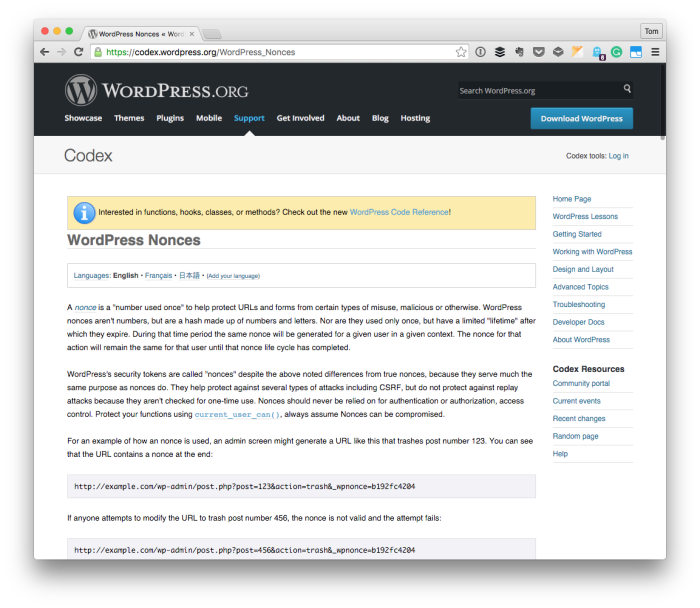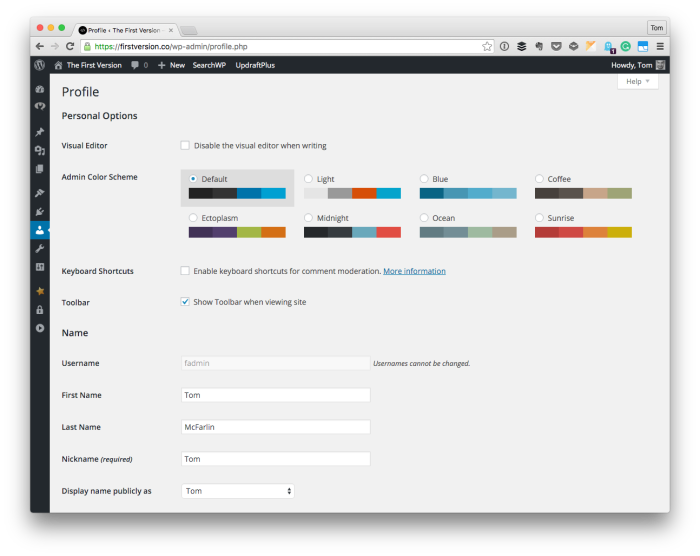When talking about WordPress security from a developer’s standpoint, it’s inevitable that the topic of nonce fields and nocne values are going to come up. And rightfully so! These are ways to help protect submission information from contaminating our databases.
But are they the way to fully secure our code? Before looking at that, I want to make sure we’re all on the same page as to what a nonce value is. When you look through enough WordPress source code (well, source code in plugins, etc.) then you’re likely to find some developers don’t use them (though they should).

A nonce is a “number used once” to help protect URLs and forms from certain types of misuse, malicious or otherwise. WordPress nonces aren’t numbers, but are a hash made up of numbers and letters.
Nor are they used only once, but have a limited “lifetime” after which they expire.
During that time period the same nonce will be generated for a given user in a given context. The nonce for that action will remain the same for that user until that nonce life cycle has completed.
Though this is the gist of it, there’s more to it than that, and I highly recommend reading the Codex article as it does a good job of outlining what they are, how to use them, and what their purpose is when working with them.
The question remains, though: Are nonces enough when it comes to WordPress Security?


